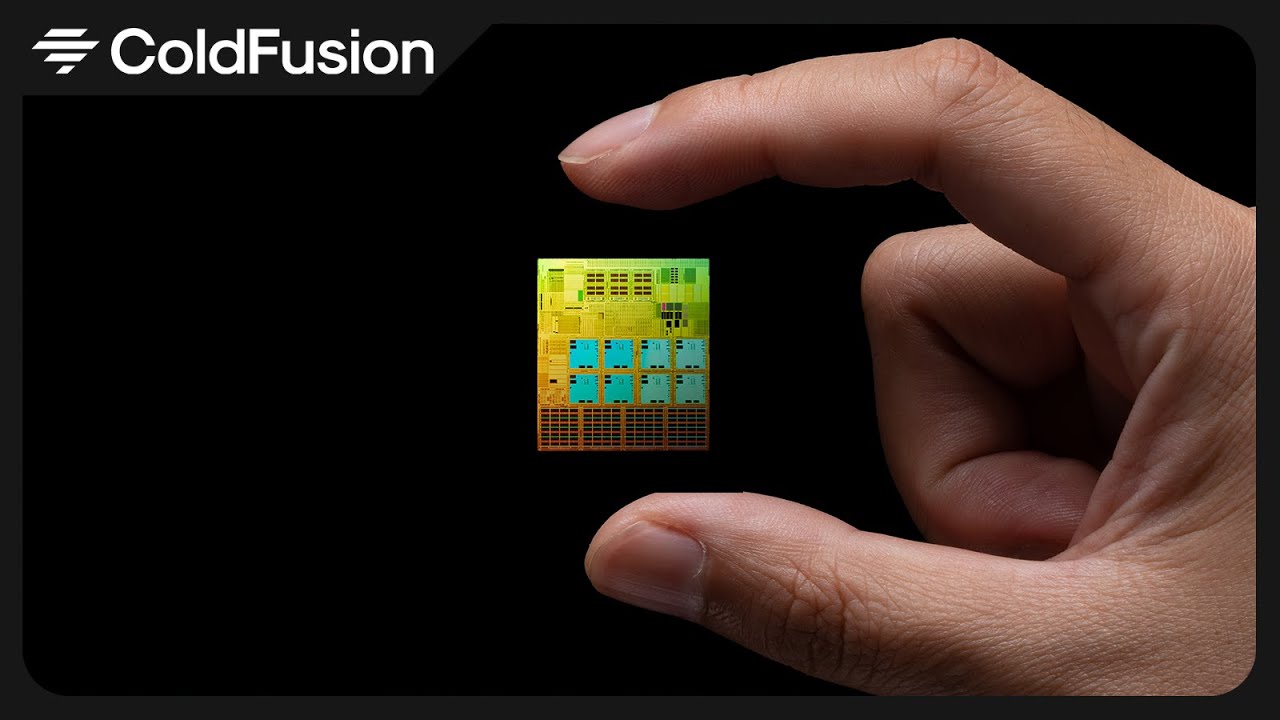- cross-posted to:
- android@lemdro.id
- cross-posted to:
- android@lemdro.id
Qualcomm brought a company named Nuvia, which are ex-Apple engineers that help designed the M series Apple silicon chips to produce Oryon which exceeds Apple’s M2 Max in single threaded benchmarks.
The impression I get is than these are for PCs and laptops
I’ve been following the development of Asahi Linux (Linux on the M series MacBooks) with this new development there’s some exciting times to come.



I kind of agree, in that ARM is even more locked down than x86, but if I could get an ARM with UEFI and all computational power is available to the Linux kernel, then I wouldn’t mind trying one out for a while.
But yes, I can’t wait for RISC-V systems to become mainstream for consumers.
Could you explain how its more locked up?
Generally speaking, and I’m not talking about your Raspberry Pi’s, but even there we find some limitations for getting a system up and booting - and it’s not for lack of transistors.
But say if you take a consumer facing ARM device, almost always the bootloader is locked and apart of some read only ROM - that if you touch it without permission voids your warranty.
Compare that with an x86 system, whereby the boot loader is installed on an independent partition and has to be “declared” to the firmware, which means you can have several systems on the same machine.
Note how I’m talking about consumer devices and not servers for data centres or embedded systems.
Interesting, so you cant just use any Bootloader on Arm Linux? Like systemd-boot or grub2?